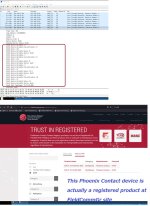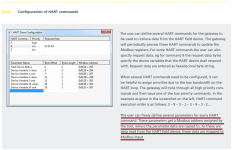AlfredoQuintero
Lifetime Supporting Member
Hello:
Just posted a similar inquiry with regards to Rockwell HART master. Trying to figure out whether the Siemens offering is better.
I need to do a feasibility study for a project that needs to get process data and diagnostic data from a number of HART devices.
Would like to confirm if anybody has experience with 6ES7 134-6TD00-0CA1, especially experience with developing a program that can send generic HART commands to get diagnostic information from HART devices. The devices conform to HART 7.2 specification, so I am interested in knowing whether any variable supported by the device can be read from the Profinet controller application.
Thanks.
Just posted a similar inquiry with regards to Rockwell HART master. Trying to figure out whether the Siemens offering is better.
I need to do a feasibility study for a project that needs to get process data and diagnostic data from a number of HART devices.
Would like to confirm if anybody has experience with 6ES7 134-6TD00-0CA1, especially experience with developing a program that can send generic HART commands to get diagnostic information from HART devices. The devices conform to HART 7.2 specification, so I am interested in knowing whether any variable supported by the device can be read from the Profinet controller application.
Thanks.






